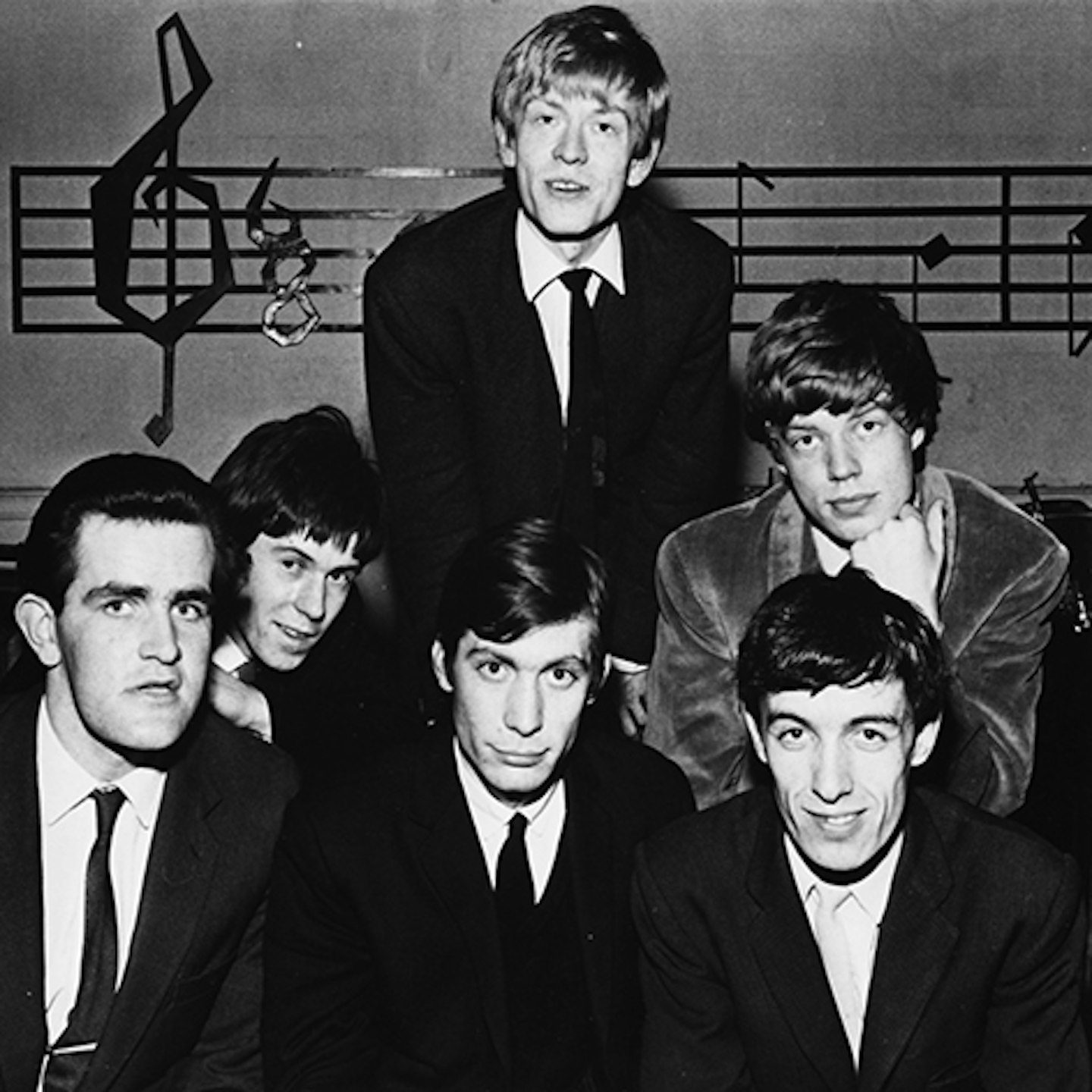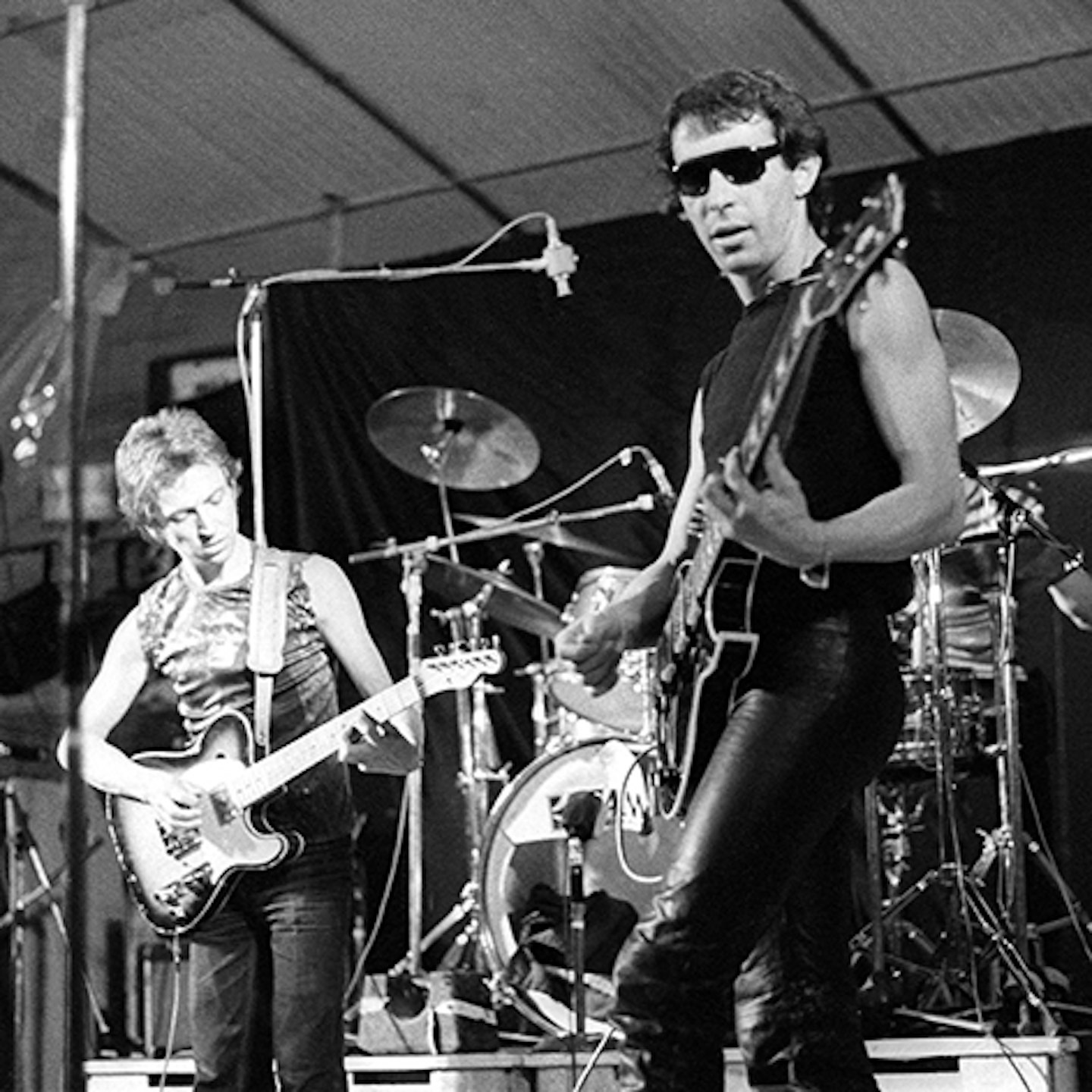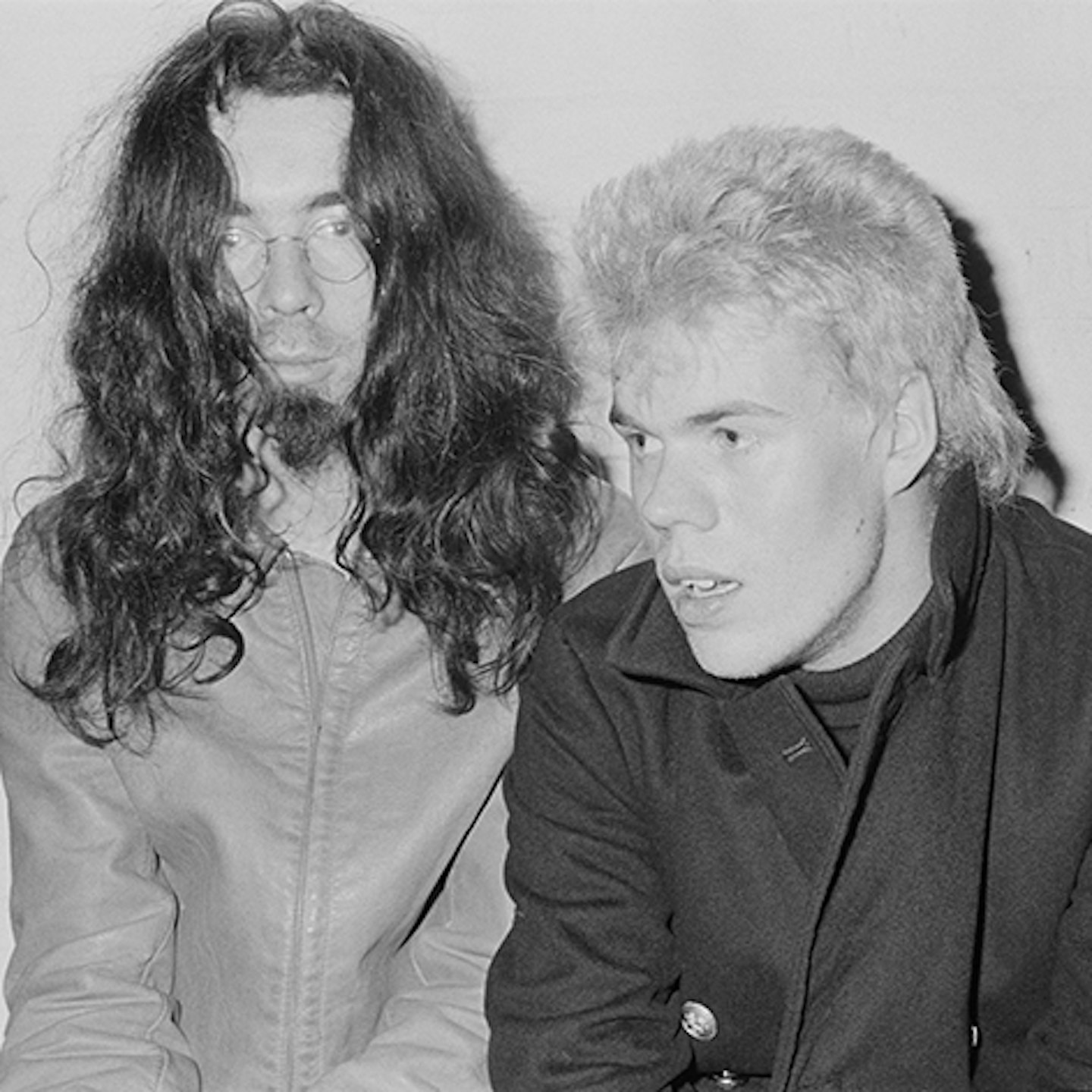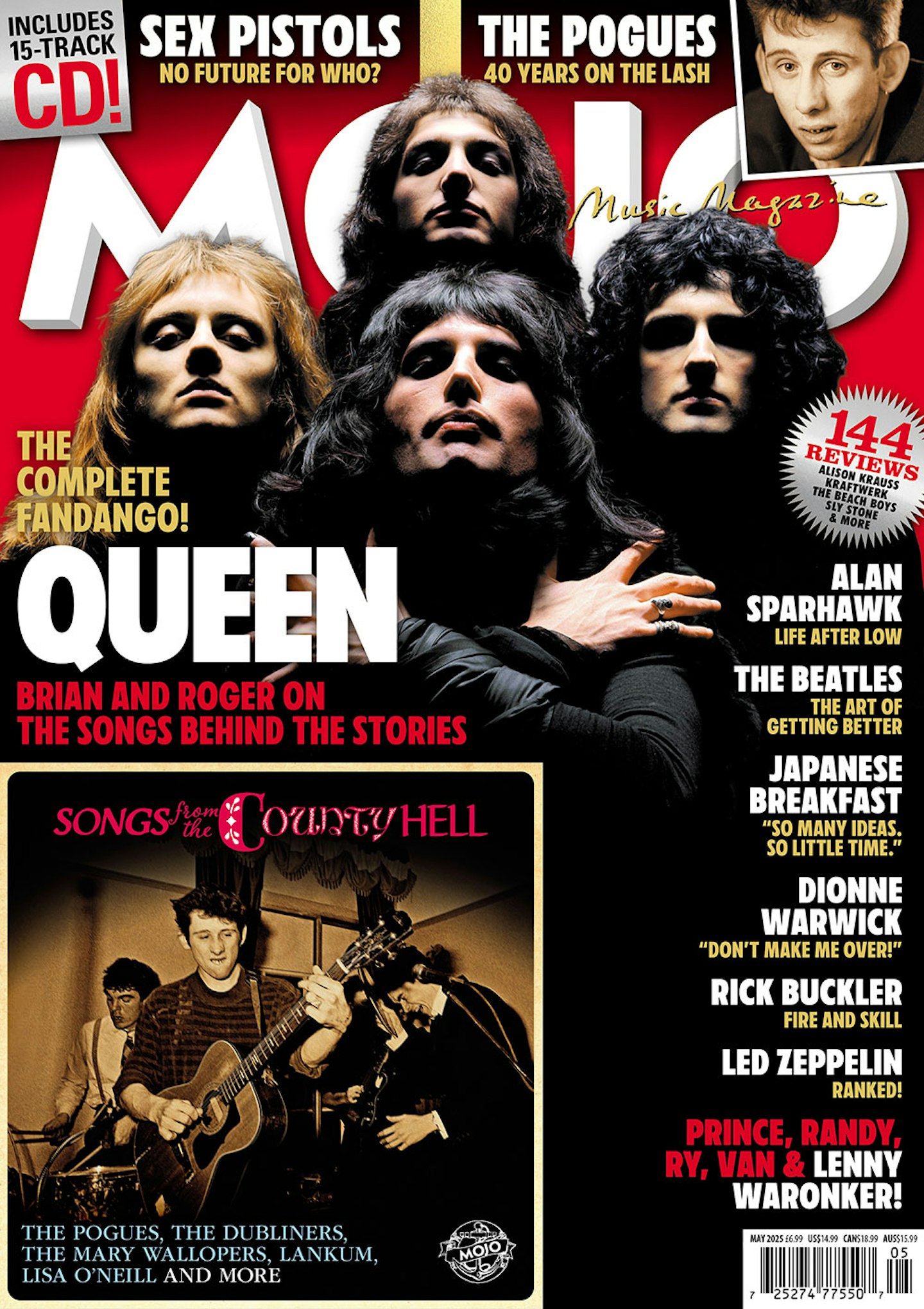Earlier this week, it was announced that The Beatles’ original drummer Pete Best was stepping down from public performances and appearances, “I had a blast,” Best, 83, wrote on X, “thank you.”
Best was The Beatles’ first drummer after they changed their name from The Quarrymen and played with the band between 1960 and 1962 before he was replaced by Ringo Starr.
Hard to believe now, but when Paul McCartney asked Best if he’d join the group, he got the gig partly because no one else they’d asked fancied the band’s upcoming live sojourn in Hamburg. In keeping with The Beatles’ pre-fame aesthetic, Best certainly looked the part of a moody leather-clad rocker (and by some accounts could handle himself in a scrap – handy in the German port town), and played on the group’s earliest recordings, including their audition tapes for Decca in January 1962.
However, by the time of the group’s try-out for EMI in September that year, it was felt he neither fitted with the band’s new mop-topped image, nor, in the opinion of producer George Martin, was he up to snuff on the drums. Best was given the boot by Brian Epstein and his place was taken by former Rory Storm & The Hurricanes drummer Starr, who’d often sat in for Best in Hamburg.
While he made something of a career for himself in recent decades trading off his position as The Beatles’ nearly man and performing with The Pete Best Band, the drummer has long been a byword for any musician kicked out of a group just as fame and fortune came a-knocking. From AC/DC to U2, The Rolling Stones to the Sex Pistols, MOJO has uncovered the stories of some of rock and roll’s other ‘Pete Bests’ - the unlucky musicians who just missed out on a ticket to the big time…
The Rolling Stones: Ian Stewart

Given the levels of musician swapping that went on in West London’s blues and R&B scene in the early 60s, the nascent lineups of soon-to-make-it groups including The Yardbirds, The Rolling Stones and Manfred Mann exchanged band members more frequently than they mixed up their setlists. As such, both the Pretty Things’ Dick Taylor and The Kinks’ Mick Avory could lay claim to being the Stones’ Pete Best. The title surely belongs to keyboardist and founding member Ian Stewart, though, who was somewhat unfairly muscled out of the band’s official lineup in 1963 by manager Andrew Loog Oldham for not looking the part.
Burly and square-jawed, Stu - as he was affectionately known - remained a cherished member of the Stones extended family, however, and after initially becoming their road manager, continued to join the band both onstage and on record until his death in 1985. You can hear his boogie-woogie-influenced playing on all but four Rolling Stones albums recorded in his lifetime. “He really helped this band swing, on numbers like Honky Tonk Women and loads of others,” Mick Jagger said of his old bandmate. “Stu was the one guy we tried to please. We wanted his approval when we were writing or rehearsing a song. We’d want him to like it.”
The Smiths: Dale Hibbert
Although not as celebrated as Morrissey and Johnny Marr, the elastic, funk-influenced playing of bassist Andy Rourke was an integral part of The Smiths’ sound. So much so, that the importance of his basslines was cited as a central argument in the rancorous court battle between the group’s former members in the mid-90s. For a very brief period, however, Marr’s childhood best mate wasn’t yet a Smith, and the unappointed role of bassist was taken by sound engineer Dale Hibbert, who, alongside being part of the band for their live debut supporting Blue Rondo à la Turk in October 1982, also recorded The Smiths’ first demos.
-
READ MORE: The Smith's 50 Greatest Songs Ranked!
Marr later admitted that he’d always planned to have Rourke in the group and was more interested in Hibbert’s access to a recording studio, but Hibbert claims his card was marked when he didn’t adhere to Steven Patrick Morrissey’s new edict to only be referred to by his surname. “I discovered later that ‘Steve’ was outlawed by Morrissey because it ‘reminded him of Steve Austin,’ the bionic man played by Lee Majors in The Six Million Dollar Man,” recalled Hibbert in 2015. “I hate being told what to do, so I decided immediately that when I met him, I’d call him Steve.”
Hibbert relived his brief tenure with the darlings of 80s indie in his autobiography, Boy Interrupted: Memoir Of A Former Smith, and Morrissey would probably approve of his current venture: running a vegetarian coffee bar near Hebden Bridge.
Sex Pistols: Wally Nightingale
Until former Gallows frontman Frank Carter unexpectedly took up the role last summer, the idea of the Sex Pistols without Johnny Rotten was unthinkable. However, before John Lydon auditioned for the gig, miming along to Alice Cooper’s I’m Eighteen in Malcolm McLaren’s Sex boutique, the Pistols had a different early lineup. Initially trading as The Strand, then The Swankers, Steve Jones originally handled most of the vocals, with Jones and drummer Paul Cook’s schoolmate Wally Nightingale joining as a second guitarist.
-
READ MORE: Are New Sex Pistols Songs On The Horizon?
After McLaren became increasingly involved with the group, however, Nightingale was given the heave-ho, and after failing to make a very convincing frontman (partly because he couldn’t carry a tune in a bucket), Jones switched to just playing guitar, and the group began the search for a new lead singer. Unsuccessfully looking to New York Dolls’ Sylvain Sylvain, Midge Ure and Richard Hell before finding Lydon. More than just a Pistols footnote, Nightingale did contribute to the writing of early track Did You No Wrong, which would later be chosen as the B-side to God Save The Queen. And to be fair to McLaren, it’s hard to think of a less punk rock name than Wally Nightingale.
Nirvana: Aaron Burckhard
You might point to drummer Chad Channing as Nirvana’s very own Pete Best. Yet while Channing didn’t go on to achieve the levels of fame and success as his eventual replacement, Dave Grohl, he did play on Nirvana’s first album, 1989’s Bleach, so doesn’t really qualify. Instead, the title should probably go to Aaron Burckhard, who was the first of several drummers recruited by Kurt Cobain and Krist Novoselic for the band.
-
READ MORE: Inside Nirvana's Last UK Show: The band was fractured in more ways than one... it was touch and go."
Burckhard played their first ever gig at a house party in 1987 and was part of the trio that variously traded as Skid Row, Pen Cap Chew, Bliss, and Ted Ed Fred before Cobain settled on Nirvana. The drummer was a loose cannon even by Cobain’s standards though and frequently missed rehearsals and clashed with his bandmates.
The final straw reportedly came when the drummer got Cobain’s car impounded while DUI (although Burckhard claims it because he was too hungover to show up to band practice one day). Regardless, he was kicked out of the band prior to the recording of Nirvana’s January 1988 demo at Seattle’s Reciprocal Studios with future Bleach producer Jack Endino, for which the role was taken by the Melvins’ drummer Dale Crover. For those interesting in what might have been, you can hear Burckhard on a handful of very early radio sessions and rehearsal recordings featured on 2004 boxset With The Lights Out.
The Police: Henry Padovani

Corsica-born guitarist Henry Padovani moved from Paris to London in 1976 where he met Stewart Copeland, then drumming with prog outfit Curved Air. Enamoured with the burgeoning punk scene Copeland introduced him to, the guitarist cut off his long hair and beard and was about to join new wave outfit London, featuring future Culture Club drummer Jon Moss, when Copeland convinced him to instead join the group he was starting with Sting. It’s unclear whether the drummer ran this decision past Sting, however, and while Padovani played on The Police’s debut single, 1977’s Fall Out, the singer soon brought in more technically proficient guitarist Andy Summers to join them. The Police briefly became a four-piece but after an ultimatum from Summers, Padovani was asked to leave. “I was just the guitar player,” Padovani told MOJO’s Phil Sutcliffe of his brief tenure in the group. “With the Police… it could have been nobody on guitar. I was an apprentice.”
Rather than being thrown on the scrap heap, though, Padovani was quickly snapped up by Wayne County & The Electric Chairs, who at that stage had a much higher profile than his former outfit. Things looked up further for him when Copeland’s brother Miles appointed him vice president of IRS Records in 1984. In 2011 he was a judge on the second series of the French X Factor and thirty years after his dismissal, Padovani joined his former bandmates on stage in Paris for a rendition of Next To You from 1978’s Outlandos d’Amour during The Police’s reunion tour.
The Who: Doug Sandom
“I hope I die before I get old!” stuttered The Who’s Roger Daltrey on the band’s 1965 single, My Generation. It was meant as an old guard-baiting call to arms for ‘the kids’ but could just as easily been aimed at The Who’s former drummer, Doug Sandom.
-
READ MORE: The Who's 50 Greatest Songs Ranked!
A bricklayer by trade and already married with a child, Sandom was the ripe old age of 32 when he replaced Daltrey’s schoolfriend Harry Wilson in the pre-Who Detours in 1962. Over ten years older than Daltrey, Pete Townshend and John Entwistle, Sandom is credited with being a stabilising presence within the band (“he acted like a proper professional musician,” recalled Townshend) and was still in their ranks when they transitioned from the more trad jazz-leaning Detours into The Who.
However, when the band auditioned for Fontana Records in April 1964, the label’s A&R man Chris Parmenter was unimpressed with their more mature drummer. “Seeing our chance at a record deal fading I cold-bloodedly told the band that Doug would stand down,” Pete Townshend wrote in his autobiography Who I Am. “Doug was deeply hurt by this especially because, unknown to me, he had defended me against being thrown out of the band when another auditioning agent said I was gangly, noisy and ugly. Doug did stand down, with some dignity, so we got our break. It is one of the actions in my career I most regret. Doug had always been a friend and a mentor to me. Not to mention he was the first person to get me drunk.”
Sandom fulfilled a number of live obligations then went back to bricklaying while his former bandmates recruited a livewire 17-year-old from north London covers outfit The Beachcombers by the name of Keith Moon. Sandom died in 2019, aged 89. Over the years, when he was asked about missing out on his ticket to rock superstardom he was often inclined to point out: “I’m alive - Moonie isn’t.”
AC/DC: Dave Evans
Welsh émigré Dave Evans joined Sydney-based covers band the Velvet Underground (not to be confused with Lou Reed’s seminal New York outfit of the same name) soon after Malcolm Young had left. However, sharing Young’s fondness for Chuck Berry, Free and The Rolling Stones, he answered the guitarist’s ad in a local paper to start a new group, and when Malc’s younger brother Angus’ band Tantrum broke up, the first lineup of AC/DC came together.
-
READ MORE: Every AC/DC Album Ranked!
Although he performed extensively with the band between 1973 and 1974 (including opening for Lou Reed on his Sally Can’t Dance tour) and sang on their debut single Can I Sit Next to You, Girl (later rerecorded for 1975's Australian only release T.N.T) the more glam rock-leaning Evans wasn’t always on the same page as the Young brothers, thinking that Malcolm was the better guitarist of the two and should be playing lead, and unsure of Angus’ new on-stage schoolboy outfit. “He thought he was Gary Glitter” recalled Angus Young to MOJO’s Sylvie Simmons.
Speaking in 2007, Evans dismissed the sartorial differences reasoning behind his sacking as “bullshit” and instead put it down to “jealousy” on the part of his former bandmates. His place swiftly taken by Bon Scott, Evans performed with a succession of bands including Rabbit, Hot Cockrel and Dave Evans And The Thunder From Down Under. Keen to highlight his early role in the Antipodean rock giant’s story, Evans currently performs AC/DC songs live.
U2: Dik Evans

On September 25, 1976, four days after The Clash and Sex Pistols unveiled a new thing called “punk” at the 100 Club in Oxford Street, London, seven Irish schoolboys crammed themselves into a north Dublin kitchen for a riot of their own. Lured to 15-year-old Larry Mullen Jr.’s modest suburban home by an advert he placed on the school notice board (“drummer seeks musicians to form band”) the group soon to be known as Feedback were struggling to squeeze themselves between the fridge, cooker and sink as the not-so-revolutionary sounds of The Eagles and The Rolling Stones began to emerge from the single amp they were sharing. “There was a lot of talk,” remembers Dave ‘Edge’ Evans, in attendance with his older brother Dik, “and people playing songs they knew very badly.”
-
READ MORE: Every U2 Album Ranked!
Within weeks, the group would coalesce as a five piece with Dik, and begin regular rehearsals at their school, Mount Temple Comprehensive, sporadically performing rockand punk covers live as The Hype. Four years older than his brother, Dik had built the yellow Flying V replica the pair both played in their parents shed as part of a school science project. However, as the newly re-Christened Edge began to develop his own playing style inspired by emerging post-punk guitarists such as Magazine’s John McGeoch, it soon became apparent that two guitarists were surplus to requirement. “As a guitar player, I’ve always done the work of two,” Edge told Hot Press in 1984. “One of the reasons Dik left was because two guitar players never worked. I never had that discipline. I was always filling up every spare moment with guitar.”
Dik left the band by mutual agreement with a farewell concert on March 4 1978. The first half of the show featured The Hype performing a covers set, Dik ceremoniously walked off stage with his bandmates, then the remaining four reemerged, announcing themselves as U2 and played original material. Dik joined U2’s sister act the Virgin Prunes alongside singer Gavin Friday, the group serving as a more provocative art rock yang to their schoolmates’ increasingly successful yin until their split in 1984.
The complete fangando! Fifty years since Bohemian Rhapsody cemented their flamboyant mastery, Brian May and Roger Taylor speak exclusively to MOJO about the majesty of Queen, the genius of Freddie Mercury and more. Plus! Sex Pistols, The Pogues, Led Zeppelin, Alan Sparhawk, Dionne Warwick, The Beatles and the definitive guide to the month's best music. More info and to order a copy HERE!

